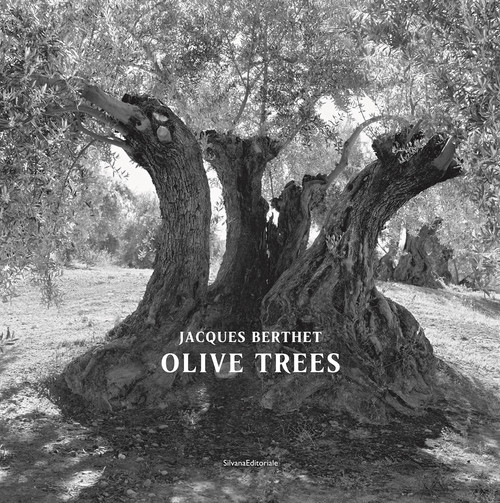Back-lit in the morning, the olive tree differs greatly in appearance from in the afternoon or at sunset, each time offering new perspectives as well as new photographic collections. Jacques Berthet has long been interested in the olive tree. The idea of studying them came to him during a photography project which took Berthet all around the Mediterranean: from the Alentejo region in Portugal to the Pleistos Valley at Delphi, passing through Kabylia, Tunisia, to the Middle East, in Israel and the West Bank. In his photography, Berthet opts for black and white to distance himself from botany and move closer towards sculpture or drawing, opting for backlighting to single out the chosen tree against the backdrop of the olive grove which remains bathed in light. The olive tree has remained a significant influence in the everyday life of cultures around the Mediterranean. In ancient poetry and writing, it is the most venerated of trees. The Greeks made it a sacred tree (particularly for its oil, used in lamps), and so have the people of Tunisia and Algeria in more recent times. In Islamic cultures, it is the cosmic tree, the centre and the pillar of the world, symbolising universal man. What sets the olive tree apart from many other species is that no two trees look alike, and its fate is closely linked with that of man. Text in English and French.







